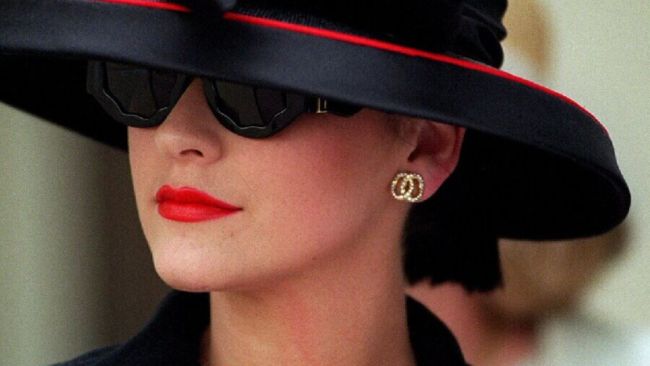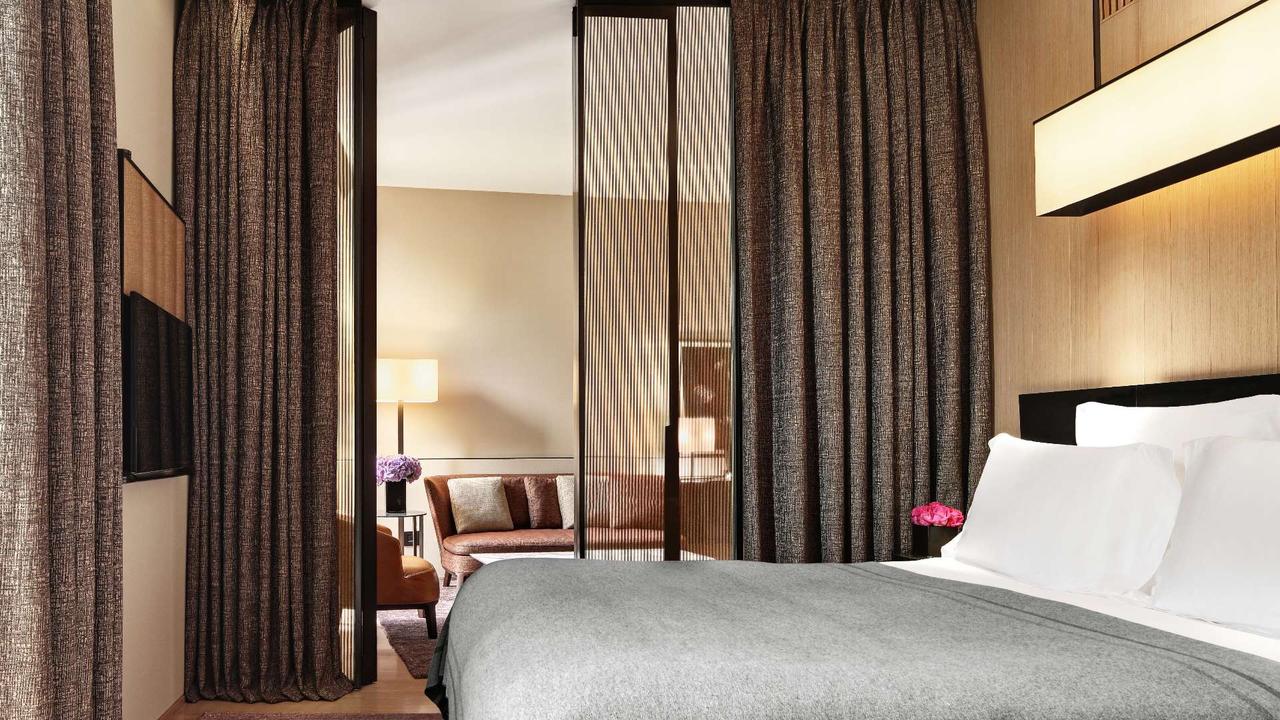Next is the big fashion thing from London
THE British fashion house has a firm eye on Australia.

LIVING in London in the 1990s, Next was one of a plethora of high-street brands we would visit up and down the city’s bustling Oxford Street and beyond.
And, at the time, it was a little less than inspiring. The word “mumsy” comes to mind. And yet, in the past eight years, it has managed to turn around its fashion offering. It is not necessarily a fashion leader, but is certainly an arbiter of easy-to-navigate style for a broad customer base, and has become Britain's biggest fashion retailer.
On the morning I arrive in London in May, the second item on the BBC’s morning news report outlined another quarterly market downturn for British retail behemoth Marks & Spencer; in the next breath, the reporter announced Next as taking the top position. (Its sales to the end of the 2013/14 financial year were £3.4 billion ($6bn), with a profit of £695 million.) When I meet with the Next team, news of its top billing had them excited and humbled. “It’s not something we particularly dwell on,” says Christine Gerrard, the marketing director who has been part of the company since it first opened its doors in 1982.
“We don't take any pleasure from other people not doing well. We’ve done very well at the same time that Marks & Spencer has done very well. Things can change very quickly, we’ve just got to remained focused on our business, not on other people’s business.”
That business is global in the online sense and Next is another European fashion retailer with its eye directly on the Australian online market, which it entered four years ago. Australia is its third-largest market, after Britain and Russia, although Israel is nipping at our bootie-clad heels.
Unlike some of its more fast-turnaround, trend-driven contemporaries, such as Topshop, H&M or Zara, all of whom have opened stores in Australia in the past three years, Next has no plans to do the same, despite opening stores in the Middle East, Europe and Asia.
Gerrard believes the first touchpoint for the Australian market was its childrenswear, due to expats or visitors to Britain who knew the brand.
This has since been overtaken by womenswear, whose best-selling items are dresses and smarter looks appropriate for work.
Menswear is also on the rise, and with very respectable suits selling for $270 to $700 it's likely this segment will only grow here. Its homewares offering is not yet available in Australia due to the high cost of delivery.
“The most surprising thing for Australian shoppers really is that the quality is so good — that’s fundamental to our business. And I think our price offer with that quality makes us a unique proposition.”
Gerrard is keen to impress that everything is being done to avoid exploitation of garment workers. The company has sourcing offices in all the regions in which it manufactures, such as Europe, India and China, and has signed the relevant codes of conduct.
“We check all our factories regularly and have audits regularly. We’re really stringent on that.”
The company's chief executive, conservative peer Lord Wolfson, has donated his past two bonuses — the most recent of £4 million — to be split up among 20,000 of his longest-serving staff.
The growth of Next’s global online business has undoubtedly helped this surge in both popularity and profitability. And it’s hardly surprising given its early embrace of the medium. This was down to one thing: it has produced its mail-order catalogue, Next Directory, known within the company as “The Book”, since 1988.
Given it had the photography, warehousing and delivery infrastructure in place, “all we had to do was bolt the website on the front of it”, says Gerrard, who was integral in launching the online store in 1999 for just £ 100,000.
“That was the big move that paid off huge dividends. We were way ahead of the likes of Net-a-Porter,” Gerrard says of the global luxury retailer that launched in 2000. “There were very, very few people selling clothing online then, just strange electronics companies and Amazon, which was probably the biggest at that time.
“I think we've always been quite brave at being first with things.”
Those firsts included being the first high-street brand to use the supermodels of the late 1980s and early ’90s. Linda Evangelista, Christy Turlington and Yasmin Le Bon all posed for the Next Directory and advertising campaigns, giving Next a refreshing high-fashion spin.
When I suggest to Gerrard that the label looked a little lacklustre in the late ’90s, she doesn't flinch.
“We had just gone too mass-market and lost our fashion mojo at that time,” she says, citing 2007 as the year they started to turn things around after reappraising their fashion offering, and advertising again, which they hadn’t done for 15 years.
As part of that turnaround, they once again work with top models including Joan Smalls, Anja Rubik and Kendra Spears, as well as acclaimed fashion photographers including Victor de Marchelier, son of Patrick, and Australians David Gubert and Ben Watts, brother of Naomi.
The company prides itself on the loyalty of its customers. But away from the glossy models and shoots, what is it that keeps them coming back?
Gerrard is in little doubt. “Reliability, quality, the outfitting in ‘The Book’ that gives people an idea about wardrobe building, and the way we interpret the trends in a way that's flattering for customers and makes people feel confident in the way they dress.”
au.nextdirect.com
Glynis Traill-Nash travelled to London courtesy of Next


